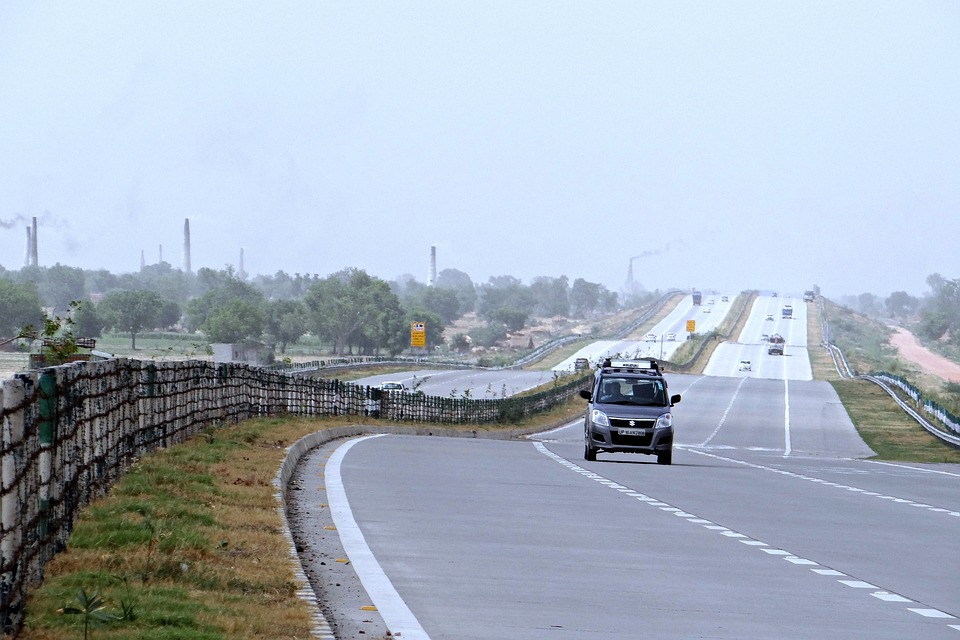Delameta.com – Here are some toll road technologies that can help improve the quality of your trip:
Electronic Toll Collection (ETC)
Electronic Toll Collection (ETC) is a system that allows toll road users to pay tolls without having to stop at a toll gate. By using ETC, vehicles only need to pass under a portal which is equipped with an electronic sensor that will read the electronic tag that has been installed on the vehicle.
After the reading of the electronic tag is successful, the toll fee will be automatically deducted from the balance available on the electronic tag.
The ETC system is used to replace the manual toll system which requires drivers to pay in cash or use a toll card.
By using ETC, drivers can pay tolls automatically using the transponder device installed in their vehicle. This system is not only faster and more efficient, but also helps reduce congestion at toll booths.
Vehicle Detection System
Vehicle Detection System (VDS) is a technology that allows toll road operators to monitor traffic density on a toll road. This technology uses sensors installed on toll roads to detect passing vehicles.
The data generated by the VDS can help toll road managers to determine the level of traffic density and set the opening or closing time of toll gates.
Variable Message Signs
Variable Message Signs (VMS) is a technology used to provide information to toll road users regarding traffic conditions.
VMS is usually installed on toll roads and can display information such as the distance to the destination, traffic conditions, and alternative routes that can be taken by toll road users.
Intelligent Transport System
Intelligent Transport System (ITS) is a technology used to automatically regulate and monitor traffic on toll roads.
This technology uses sensors, cameras, and communication systems to monitor traffic density, regulate vehicle speed, and provide information to toll road users about traffic conditions.
Road Weather Information System
Road Weather Information System (RWIS) is a technology used to monitor weather conditions on toll roads. This technology uses sensors to detect air temperature, humidity and precipitation around toll roads.
The data generated by RWIS can help toll road operators make decisions in managing traffic during bad weather conditions.
Toll Road Traffic Monitoring and Supervision System
This system allows toll road managers to monitor traffic conditions on toll roads and take appropriate actions to reduce congestion.
The system includes CCTV cameras, speed sensors and a traffic information system to inform drivers about the state of traffic ahead of them.
Vehicle and Security Management System
This system allows toll road operators to monitor vehicles crossing the toll road and take action against vehicles that do not meet safety requirements.
This system includes dangerous vehicle surveillance, vehicle load monitoring, and vehicle speed monitoring. With this system, toll road operators can improve toll road safety and prevent accidents.
Toll Road Service Information System
This system provides information about toll roads and the services available in them, such as the location of rest areas, toilets, workshops and gas stations.
This information can be accessed by drivers through digital information boards or mobile applications.
Toll Road Repair and Maintenance System
This system allows toll road managers to monitor toll road conditions and identify areas that require improvement.
With this system, toll road managers can make repairs quickly and reduce the risk of accidents due to toll road damage.
Closing
Apart from the technologies described above, there are several toll roads that are also being developed to be more sophisticated, such as electric charging systems for electric vehicles and vehicle-to-vehicle communication systems that can help prevent accidents.




